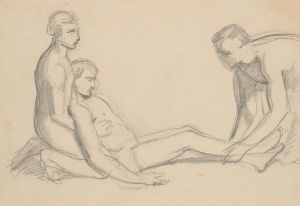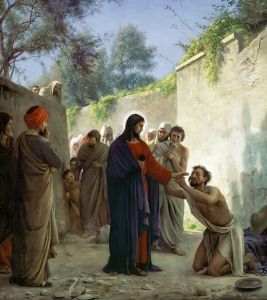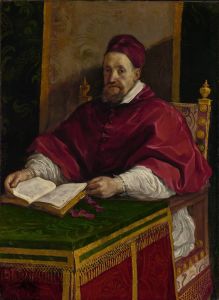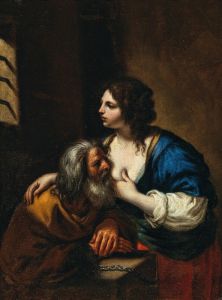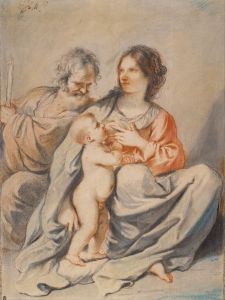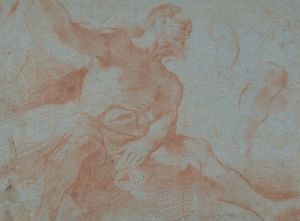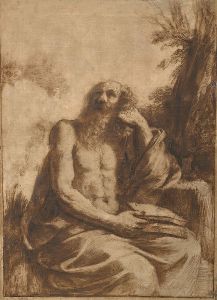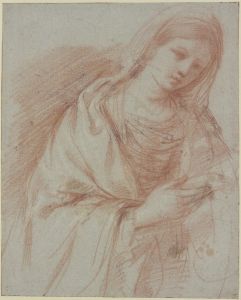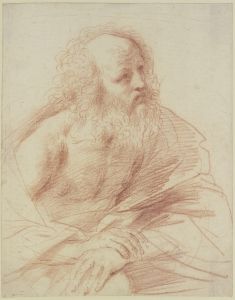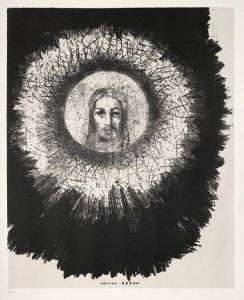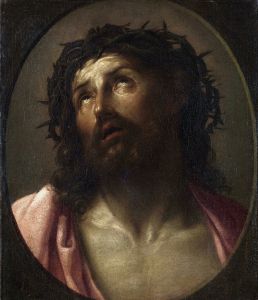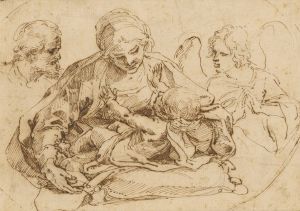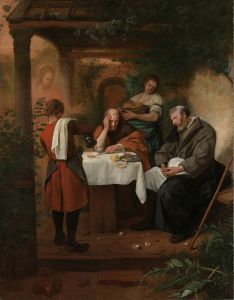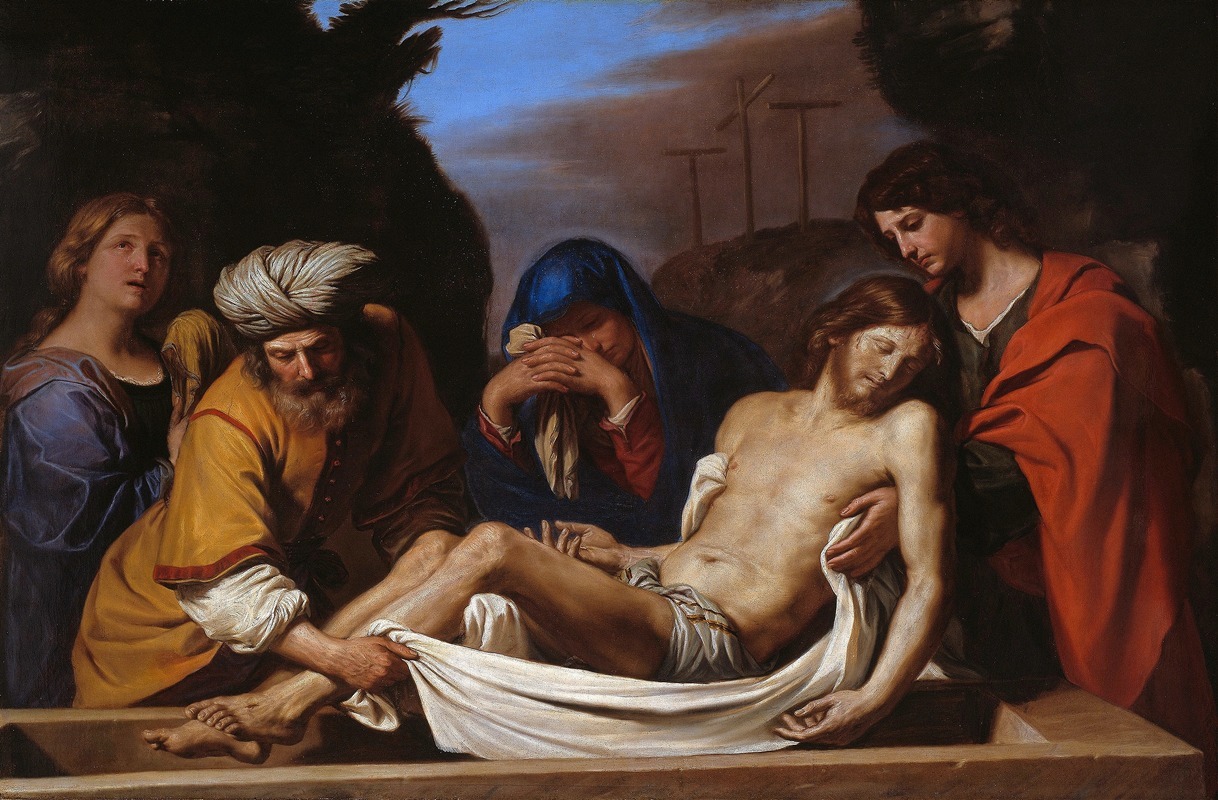
The Entombment
A hand-painted replica of Guercino’s masterpiece The Entombment, meticulously crafted by professional artists to capture the true essence of the original. Each piece is created with museum-quality canvas and rare mineral pigments, carefully painted by experienced artists with delicate brushstrokes and rich, layered colors to perfectly recreate the texture of the original artwork. Unlike machine-printed reproductions, this hand-painted version brings the painting to life, infused with the artist’s emotions and skill in every stroke. Whether for personal collection or home decoration, it instantly elevates the artistic atmosphere of any space.
"The Entombment" is a painting by the Italian Baroque artist Giovanni Francesco Barbieri, better known as Guercino. Created in 1656, this work is a significant example of Guercino's mature style, characterized by its dramatic use of light and shadow, as well as its emotional intensity. Guercino was an influential painter of the Baroque period, known for his dynamic compositions and expressive figures.
The painting depicts the biblical scene of the entombment of Christ, a subject that has been a popular theme in Christian art for centuries. In this work, Guercino captures the somber moment when Jesus' body is being laid to rest in the tomb after the crucifixion. The composition is carefully arranged to convey the gravity and sorrow of the scene, with the figures of the Virgin Mary, Mary Magdalene, and other mourners gathered around the lifeless body of Christ.
Guercino's use of chiaroscuro, a technique that employs stark contrasts between light and dark, is particularly effective in this painting. The dramatic lighting highlights the central figure of Christ, drawing the viewer's eye to the focal point of the composition. The surrounding figures are partially shrouded in shadow, enhancing the sense of mourning and loss. This use of light not only adds a three-dimensional quality to the figures but also imbues the scene with a heightened emotional impact.
The artist's attention to detail is evident in the rendering of the figures' expressions and gestures. Each character in the painting is depicted with a distinct emotional response to the event, from the Virgin Mary's profound grief to Mary Magdalene's intense sorrow. Guercino's ability to convey such a range of emotions is a testament to his skill as a painter and his deep understanding of human psychology.
"The Entombment" reflects the Baroque period's emphasis on drama and emotion, as well as its focus on religious themes. During this time, art was often used as a tool for spiritual engagement and reflection, and Guercino's work is no exception. The painting invites viewers to contemplate the significance of Christ's sacrifice and the human experience of grief and loss.
Guercino's "The Entombment" is housed in the Museo Civico in Cento, Italy, the artist's hometown. The museum holds a collection of works by Guercino, offering insight into his development as an artist and his contributions to the Baroque movement. This painting remains an important example of Guercino's ability to blend technical skill with emotional depth, making it a valuable piece for both art historians and enthusiasts alike.
Overall, "The Entombment" by Guercino is a masterful representation of a pivotal moment in Christian narrative, showcasing the artist's talent for creating powerful, evocative imagery that continues to resonate with audiences today.





